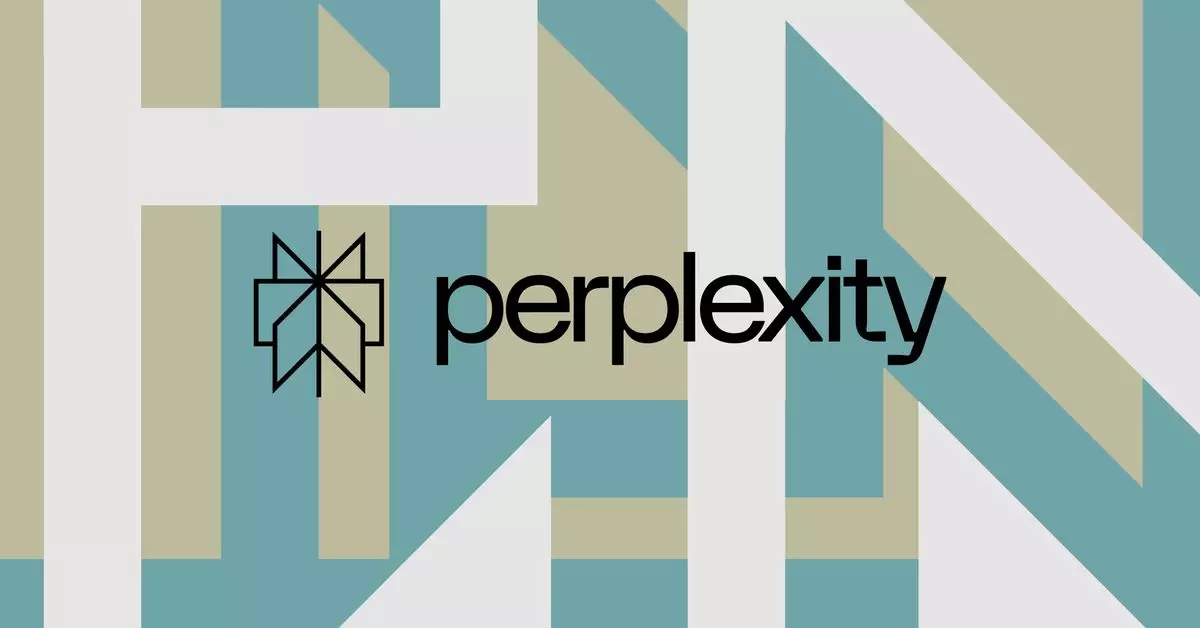The backdrop to the ongoing debate surrounding artificial intelligence (AI) and its intersection with copyright law has recently intensified, particularly due to legal battles initiated by major news organizations against AI startups. One of the most significant players in this conflict is Perplexity, an AI-driven search engine that has come under fire from News Corp—parent company of reputable publications like the New York Post and The Wall Street Journal. News Corp’s lawsuit alleges that Perplexity’s platform indiscriminately copies content without the necessary permissions, raising fundamental questions about ownership and usage of publicly available information.
Perplexity’s rebuttal to the lawsuit underscores a contentious notion: the belief that “facts” themselves can be owned by corporations. The startup contends that the essence of journalism—the factual information reported—should not be confined within corporate boundaries. In their response, they argue that media entities such as News Corp display a desire for a controlled environment where financial barriers exist for the dissemination of public knowledge. Such an approach, they assert, not only stifles innovation but goes against the democratic premise of shared information for public benefit.
Central to this legal discourse is the nuance of copyright law, which primarily safeguards the specific expressions of ideas rather than the ideas themselves. This complexity is highlighted by previous allegations from entities like Forbes, which claimed that Perplexity replicated phrasing and even lifted segments from its articles. While copyright may protect a journalist’s crafted narratives, it also invites scrutiny regarding how AI utilities adopt and employ factual information that is inherently public. This intricate legal landscape necessitates a balanced approach to both tech development and intellectual property rights.
Perplexity’s response further emphasizes a frustrating and somewhat cyclical dynamic between media and technology sectors, characterizing the feud as “shortsighted, unnecessary, and self-defeating.” The choice to resort to litigation rather than collaboration may not only thwart competitive innovation but potentially isolates media companies from technological advancements that could contribute to their business models. Perplexity’s assertion alludes to the potential for cooperative arrangements; for instance, their revenue-sharing partnerships with publications like Time and Fortune manifest a forward-thinking approach to bridging the gap between journalism and AI functionalities.
As AI technologies continue to evolve, it is crucial for both media and tech entities to engage in a constructive dialogue aiming for equitable solutions that recognize the rights of both sectors. The current legal entanglements may set important precedents for how future innovations will be governed in relation to existing copyright frameworks. Moving forward, it is imperative for the dialogues between these industries to foster mutual understanding, redefining what it means to operate in an era where information is simultaneously more accessible and more challenged than ever. Exploring avenues for collaboration may serve as the antidote to a relationship currently defined by contention, enabling a more symbiotic future for media and technology.


Leave a Reply